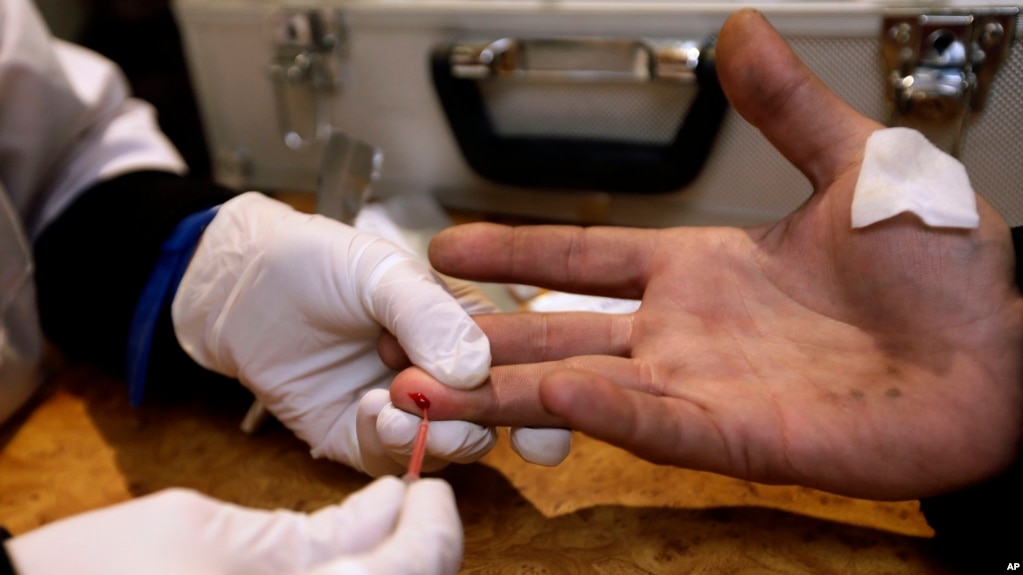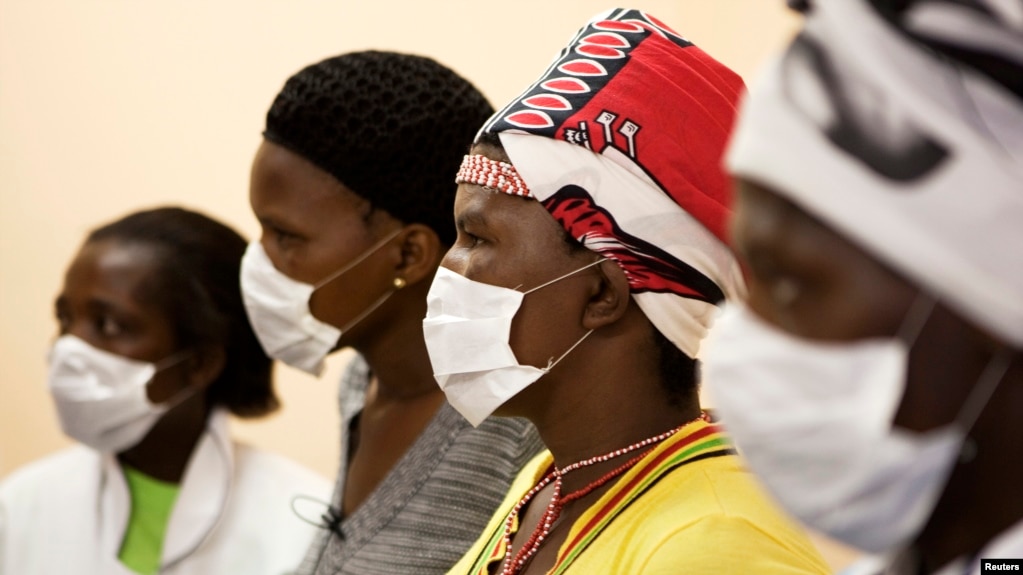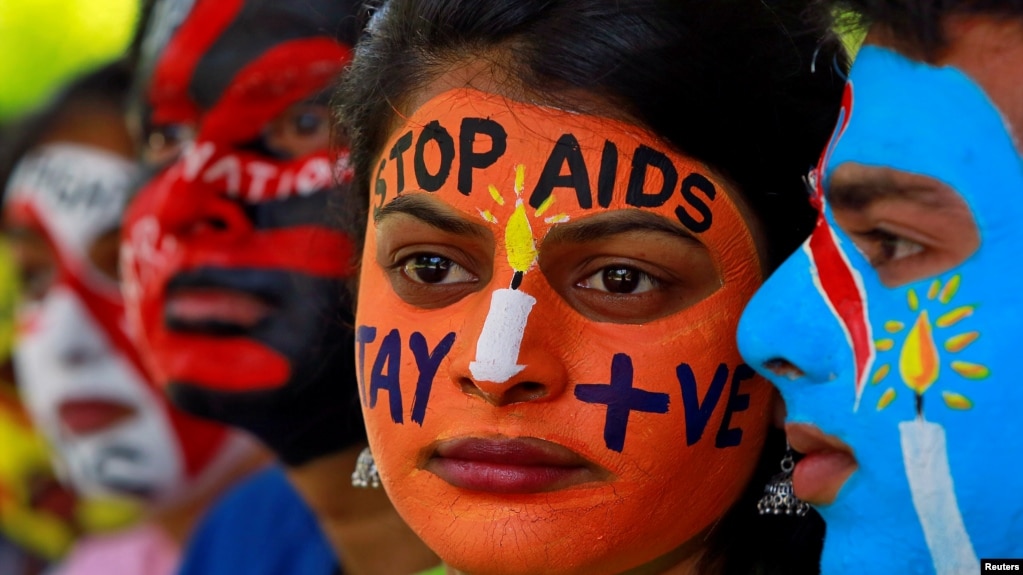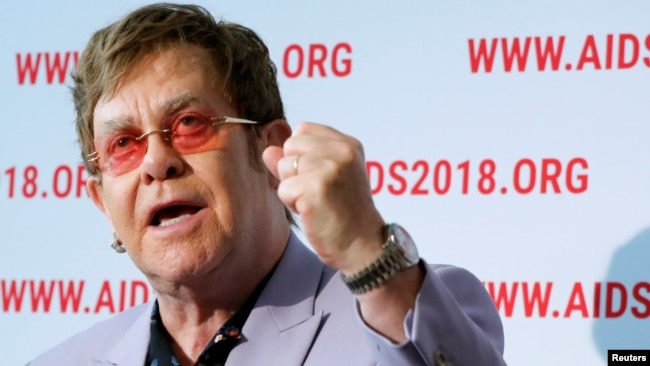AIDS Crusader Mathilde Krim Dies at Age 91...

Prominent AIDS Crusader Mathilde Krim Dies at Age 91
January 16, 2018 — Mathilde Krim, a prominent AIDS researcher who galvanized worldwide support in the early fight against the deadly disease, has died. She was 91.
See also:
Scientists: Conflict in Ukraine Escalated Spread of HIV
January 15, 2018 — Fighting in Ukraine that erupted in 2014 escalated the spread of HIV throughout the country as millions of infected people were uprooted by violence, a study published Monday found.
Prominent AIDS Crusader Mathilde Krim Dies at Age 91
January 16, 2018 — Mathilde Krim, a prominent AIDS researcher who galvanized worldwide support in the early fight against the deadly disease, has died. She was 91.
Krim was founding chairman of The Foundation for AIDS Research, or amfAR. The nonprofit says she died at her home in King's Point, New York, on Monday. amfAR Chief Executive Officer Kevin Robert Frost says in a statement "so many people alive today literally owe their lives" to her.

amfAR Founding Chairman Dr. Mathilde Krim attends amfAR's annual New York Gala at Cipriani Wall Street in New York
Krim was a geneticist with experience in cancer research when AIDS first surfaced in the early 1980s. Over the next several decades, she mobilized a vast army of celebrities and others to help raise money and to lessen the disease's stigma. In 2000, she was awarded the Presidential Medal of Freedom, the highest civilian honor in the U.S.
Prominent AIDS Crusader Mathilde Krim Dies at Age 91
See also:
Scientists: Conflict in Ukraine Escalated Spread of HIV
January 15, 2018 — Fighting in Ukraine that erupted in 2014 escalated the spread of HIV throughout the country as millions of infected people were uprooted by violence, a study published Monday found.
Conflict-affected areas such as Donetsk and Luhansk, two large cities in the east of Ukraine, were the main exporters of the HIV virus to other parts of the country such as Kyiv and Odessa, the report found. Ukraine has among the highest HIV rates in Europe, with an estimated 220,000 infected in a country of about 45 million. An international team of scientists led by Oxford University and Public Health England analyzed viral migration patterns and found a correlation between the war-related movement of 1.7 million people and the spread of HIV. "The war changed a lot of things in Ukraine and the HIV epidemic is one of them," said lead author Tetyana Vasylyeva of Oxford University's Zoology department. "When we conducted our analysis, we were able to show that the viral spread from the East to the rest of the country had been intensified after the war."

A doctor takes an AIDS/HIV blood test in a mobile laboratory in Odessa, Ukraine
The HIV epidemic has shifted from being associated with drug injections in the 1990s to most new infections now being spread by sexual transmission, Vasylyeva told Reuters. Half of HIV-infected people in Ukraine are unaware of their infection status and around 40 percent of newly diagnosed people are in the later stages of the disease, she added. Almost 37 million people worldwide have the human immunodeficiency virus that causes AIDS. Since the first cases of HIV were reported more than 35 years ago, 35 million people have died from AIDS-related illnesses, according to the United Nations AIDS program (UNAIDS), which is seeking to end the public health threat by 2030, in line with the U.N. Sustainable Development Goals. A Russia-backed insurgency erupted in Ukraine's industrialized east in 2014 and the bloodshed has continued despite a cease-fire deal brokered by Germany, France, Russia and Ukraine.
More than 10,000 people have been killed in the conflict, with casualties reported on a near-daily basis. Russia denies accusations from Ukraine and NATO that it supports the rebels with troops and weapons. The health study also found an alarmingly high resistance, compared to the rest of Europe, to pre-exposure prophylaxis (PrEP) a common treatment for HIV, said senior author and medical virologist, Gkikas Magiorkinis. "It's a worrying development and the policymakers should be alerted because it's going to be very, very difficult to use it [PrEP] in the near future in Ukraine," Magiorkinis told Reuters. Ukraine must scale-up interventions to prevent further transmissions of HIV, and seek international support to prevent a new public health tragedy, he said.
Scientists: Conflict in Ukraine Escalated Spread of HIV
Last edited:







